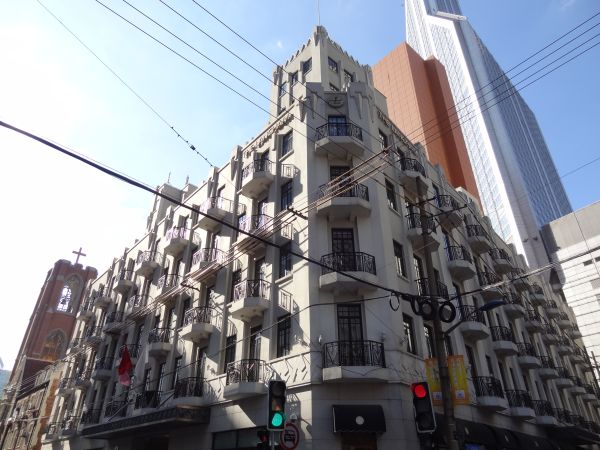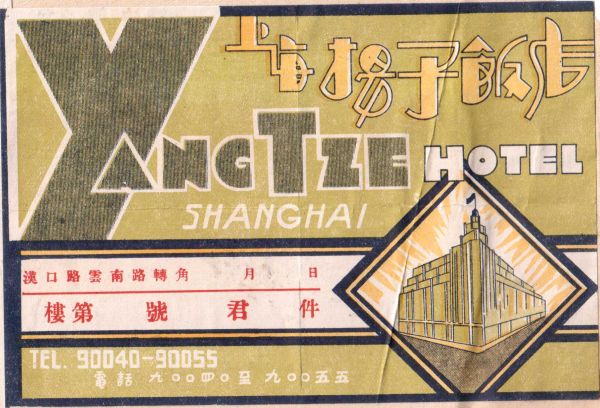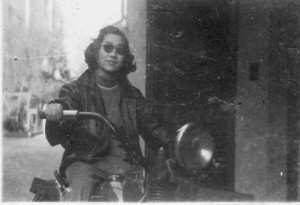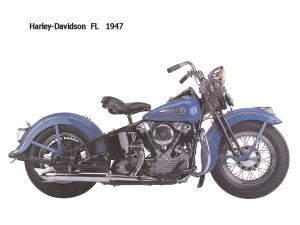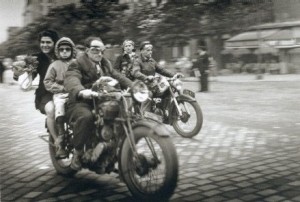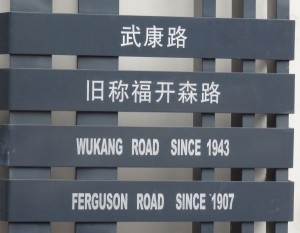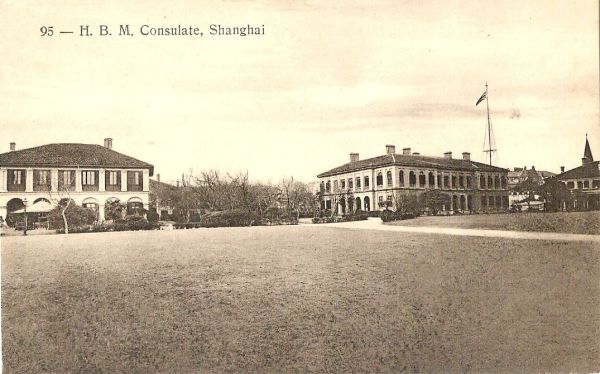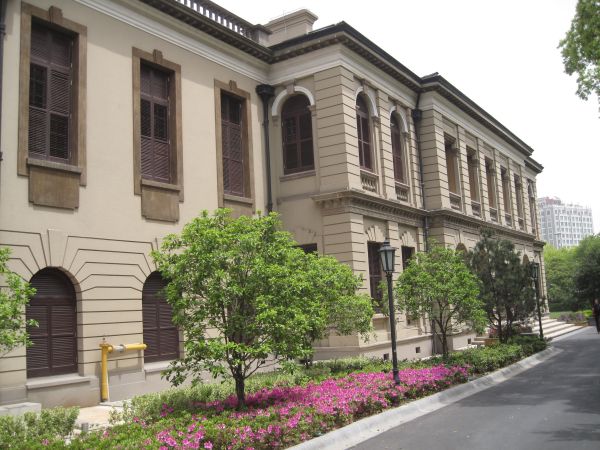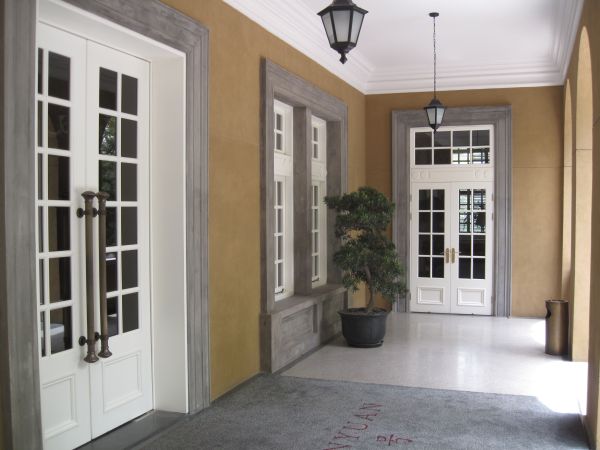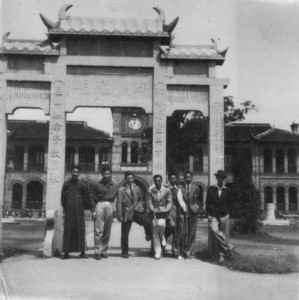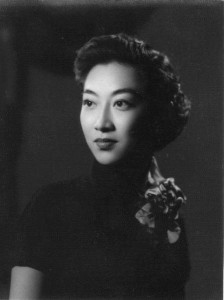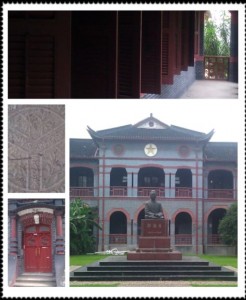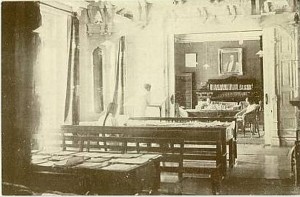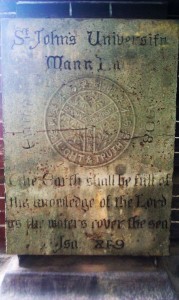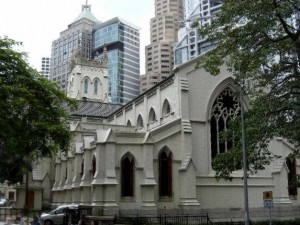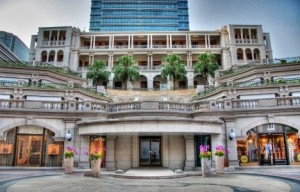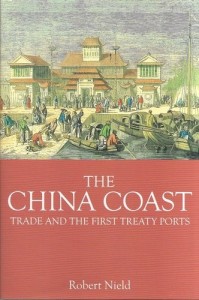Imported foreign food in today’s Shanghai is still an essential support for foreigners living in the city. In the nearly 8 years since I have been in the city, local alternatives have been developped but they are rarely matching the original. Moreover, as the foreign communities grows and grows and more and more Chinese people like foreign dishes, import of foreign food is constantly growing. Modern transportation allows to fly in fresh products kept at constant temperature, making possible eating French oysters, Australian yogurts and New Zealand Kiwis in Shanghai.
Old Shanghai consumers of foreign foods did not enjoy such luxury. With the mother land weeks away on a cargo ship, food had to be preserved through various means for transportation. One of the most fragile type of products was dairy that does not keep long, even within a fridge. Above image is a picture of a modern tin of butter that I bought in New Zealand in 2010. Although butter is now mostly imported fresh in controlled temperature, preservation in tins was the only way to bring butter all the way to Old Shanghai. I have to admit that I was quite surprised to find this one, but it seems to be still selling. Butter is used a lot for western cooking, so large quantities of butter were imported in Shanghai. The 1934 “Trade of China” shows that 701,6 tonnes of butters were imported in China in 1933 and 746 in 1934. They were mostly imported through the ports Shanghai and Tianjin, mainly from Australia… and New Zealand.
Local farms also produced milk and milk products, as advertised on several pages of “All about Shanghai and its environs” including picture left. There was quite a number of dairy farms in today North Jing An district, in particular today’s Yan Ping Lu. The daily milk delivery system (like in the UK) is still in place in the old parts of the city center, though it is not much used anymore. In 1937, there was 10 dairy farms in the classified section of the Shanghai Dollar Directory, the local yellow pages. Just like today, local production was far from satisfying demand.
For transportation, milked was condensed and sweetened before being canned. Condensed milk can still be found in China, though it is more a delicacy than a main food ingredient. However, like in Hong Kong, Vietnam or Malaysia today, condensed milk was clearly a common product in old Shanghai. One of the major company importing condensed milk then was Nestle, already having established presence in old shanghai. 2,229.8 tonnes of condensed milk was imported in China in 1933 and 2,515.5 in 1934 mostly from the USA, The Netherlands and Switzerland.
For more on milk supply in Shanghai, go to post « Shanghai milkman ».


